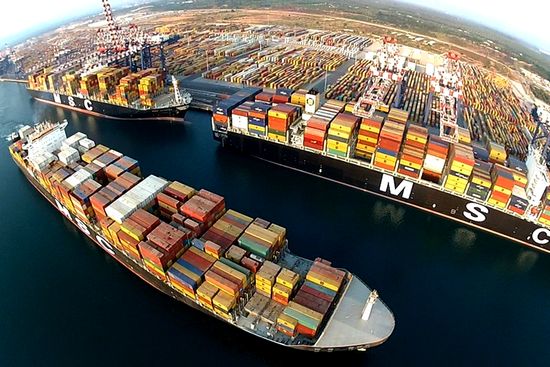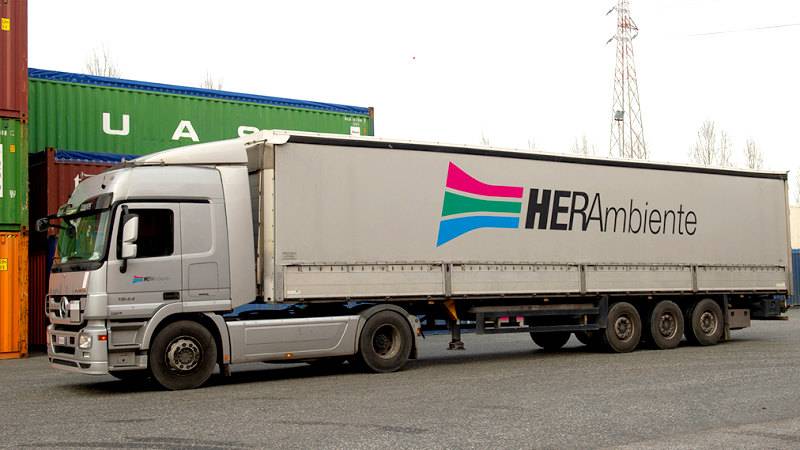The International Air Transport Association (IATA) released data on the global air cargo market for October 2024 on 3rd December, highlighting a sustained and robust annual growth in demand. Total cargo traffic, measured in freight tonne-kilometres, saw a 9.8% increase compared to October 2023 levels, with a 10.3% growth in international shipments, marking the fifteenth consecutive month of expansion. Available cargo capacity, also measured in freight tonne-kilometres, rose by 5.9% year-on-year, largely driven by an 8.5% increase in belly capacity on international flights.
Willie Walsh, IATA’s Director General, commented: “Global air cargo yields (including surcharges) continue to rise, with an increase of 10.6% compared to 2023 and 49% above 2019 levels. While 2024 is shaping up to be a record year for air cargo, we must look ahead to 2025 with caution. The stated intent of the incoming Trump administration to impose significant tariffs on key trading partners – Canada, China, and Mexico – could disrupt global supply chains and undermine consumer confidence. The proven adaptability of the air cargo industry to rapidly changing geopolitical and economic situations will likely be tested as Trump’s agenda unfolds.”
In the current climate, several key factors stand out. Global industrial production rose by 1.6% year-on-year in September, while global trade in goods grew by 2.4% for the sixth consecutive month. Part of this growth is attributed to stockpiling by businesses in anticipation of potential disruptions, such as port strikes in the United States. Global manufacturing activity rebounded in October, with the Global Manufacturing PMI climbing above 50, indicating growth. However, the PMI for new export orders remained below 50, pointing to continued uncertainty and weakness in global trade.
In October, airlines in the Asia-Pacific region experienced a 13.4% growth in air cargo demand compared to the same month last year, with capacity increasing by 9.3%. North American carriers reported a 9.5% growth in demand, with a 5.8% rise in capacity. In Europe, demand increased by 7.6%, while capacity grew by 3.9%.
Middle Eastern carriers saw a 4.5% increase in demand, with capacity up by 0.8%. Latin American airlines recorded the strongest regional growth, with an 18.5% rise in demand and a 5.8% increase in capacity. Lastly, African airlines registered the slowest growth, with demand rising by 1.6% and capacity up by 7.7%.
International routes showed exceptional traffic levels for the fifth consecutive month, with a year-on-year increase of 10.3% in October. Airlines are benefiting from the growing demand for e-commerce in the United States and Europe, amidst continued constraints in maritime shipping capacity. “Despite geopolitical and economic challenges, air cargo continues to demonstrate resilience and adaptability, confirming its crucial role in maintaining the fluidity of global supply chains,” Walsh concluded.


































































